By JERUSALEM POST STAFF
Conservators at the Courtauld Institute used X-ray and infrared imaging to uncover the hidden female figure.
Conservators at the Courtauld Institute of Art in London revealed a hidden portrait beneath Pablo Picasso's 1901 painting "Portrait of Mateu Fernández de Soto," adding a new layer of complexity to one of the artist's Blue Period iconic works. The discovery was made using X-ray and infrared imaging technology.
"The surface of the work showed revealing marks and textures, prompting further investigation using imaging technology," said Barnaby Wright, deputy head of the Courtauld Gallery, according to Milenio.
The uncovered image depicts a female figure with discernible features, including a head with hair styled in a bun—a fashionable style among chic Parisians of the time—curved shoulders, and fingers.
"Her identity remains uncertain. She may have been a model, a friend, or even a lover posing for one of Picasso's colorful Impressionistic images of Parisian nightlife, or a melancholic woman seated in a bar," suggested the Courtauld Institute, according to Ara in English.
The hidden portrait bears a resemblance to the sitters of several other portraits Picasso created in 1901, including "Absinthe Drinker" held at the Hermitage Museum in St. Petersburg and "Woman with Crossed Arms" at the Kunstmuseum Basel.
"Picasso painted one work over another without priming the previous one, embracing the process of layering in his artistic development," noted El Mundo.
"Such technology helps to see the artist's hand and understand his creative process," said Aviva Burnstock, a curator.
"'Portrait of Mateu Fernández de Soto' reflects an important turning point in Picasso's career. Created when he was just 19 years old, this change in style was influenced, in part, by the suicide of his close friend Carlos Casagemas. 'After the "Portrait of Mateu Fernández de Soto," Picasso began to change his style towards a more contemplative approach with bluer tones,' reported Milenio.
The newly discovered hidden portrait will be part of the upcoming exhibition "Goya to Impressionism: Masterpieces from the Oskar Reinhart Collection," set to open at the Courtauld Gallery on February 14, 2025.
"Picasso's way of working to transform one image into another and to be a stylistic shapeshifter would become a defining feature of his art, which helped to make him one of the giant figures of art history. All that begins with a painting like this," stated Wright, according to Forbes.
"He didn't prime the canvas to change the subject and start with a clean slate," Wright explained, according to CNN. "One figure is coming out of the other and transforming one into the other. This technique, when you learn what's underneath the image and bring it back to the finished painting, you can see some details very clearly, like the eye, the ear, and the hair. The woman's ghostly presence is actually not just beneath the surface, but actually pressing against the surface."


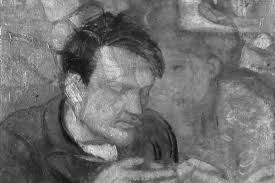







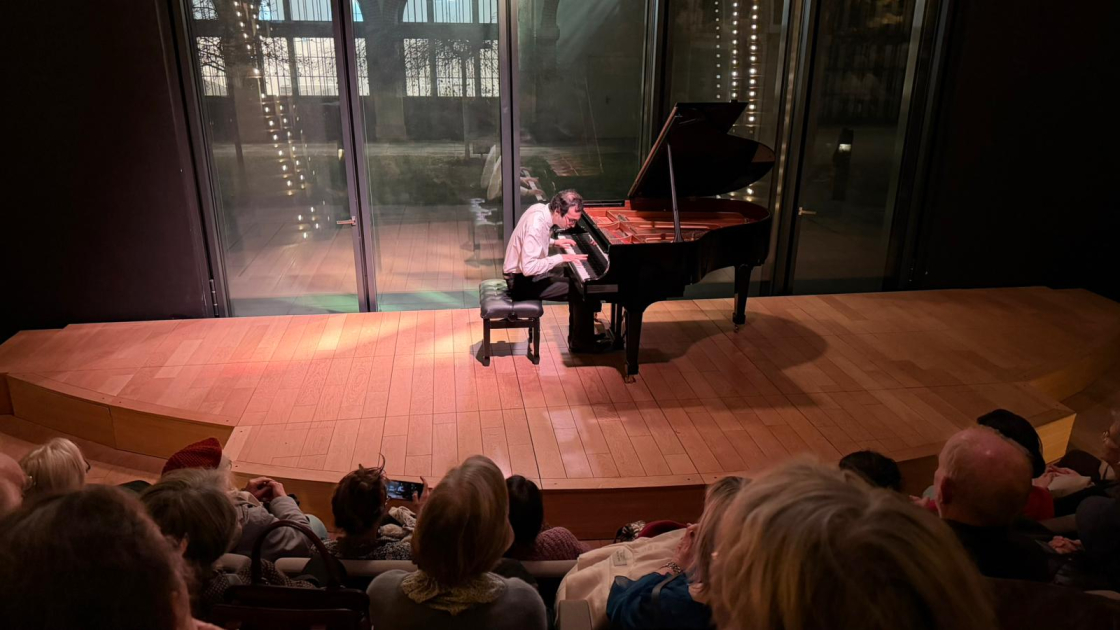
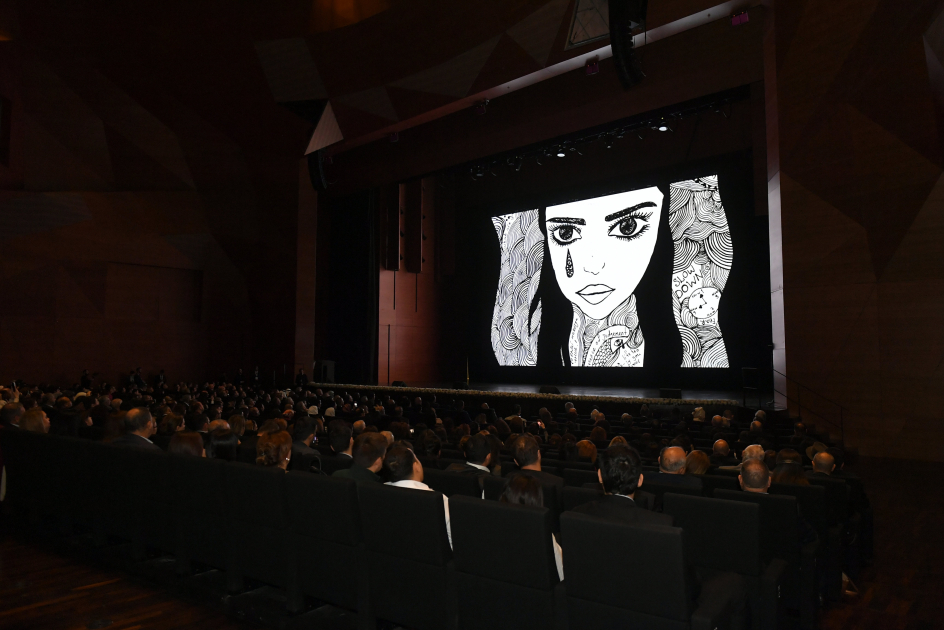
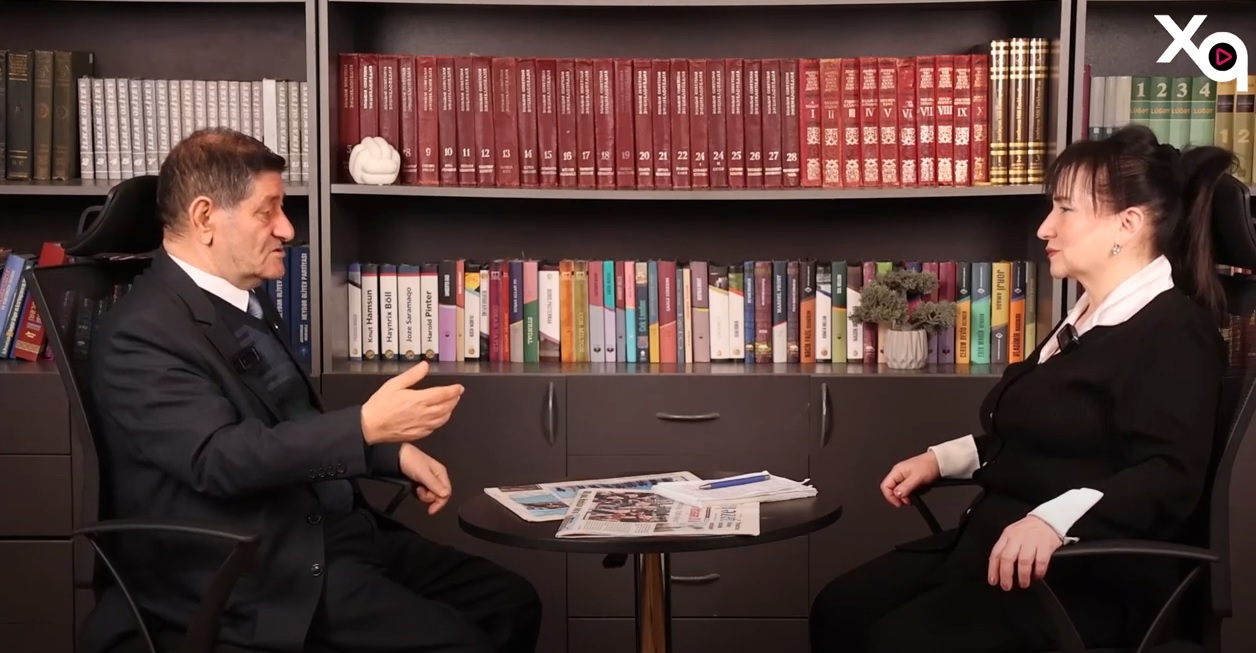
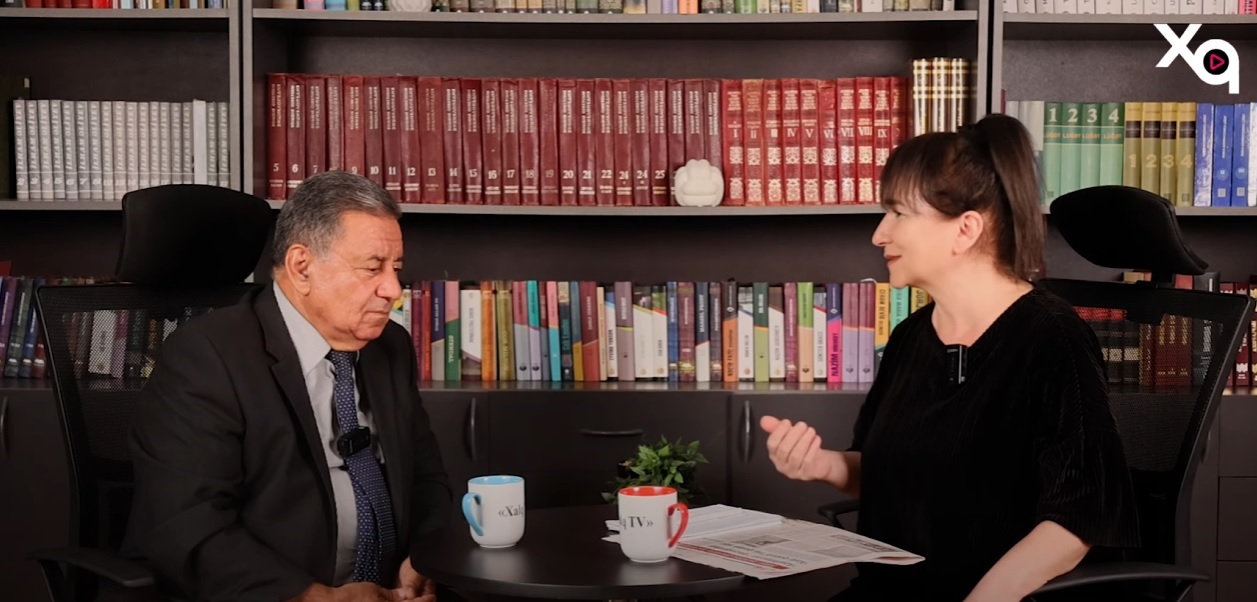

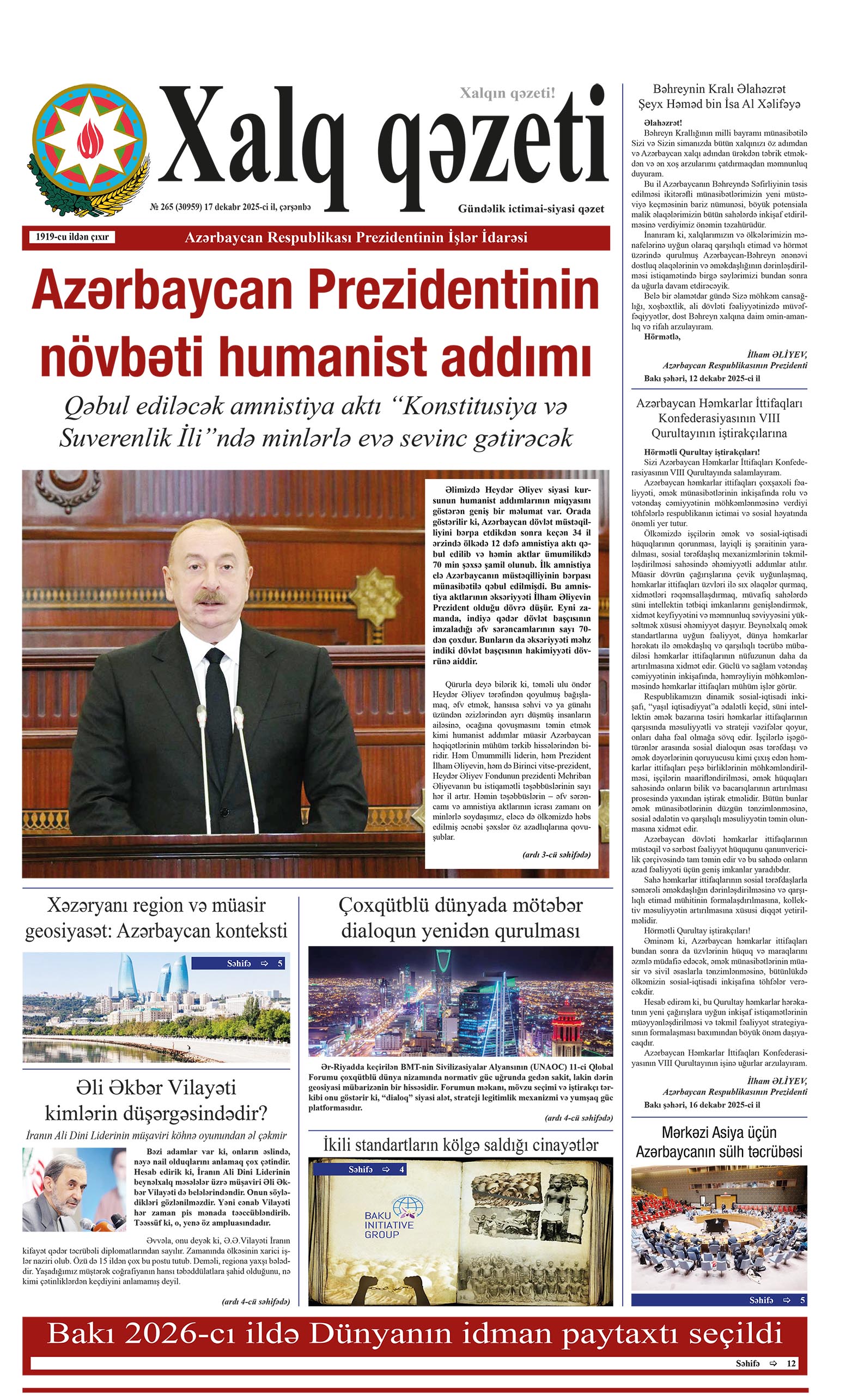

.png)



